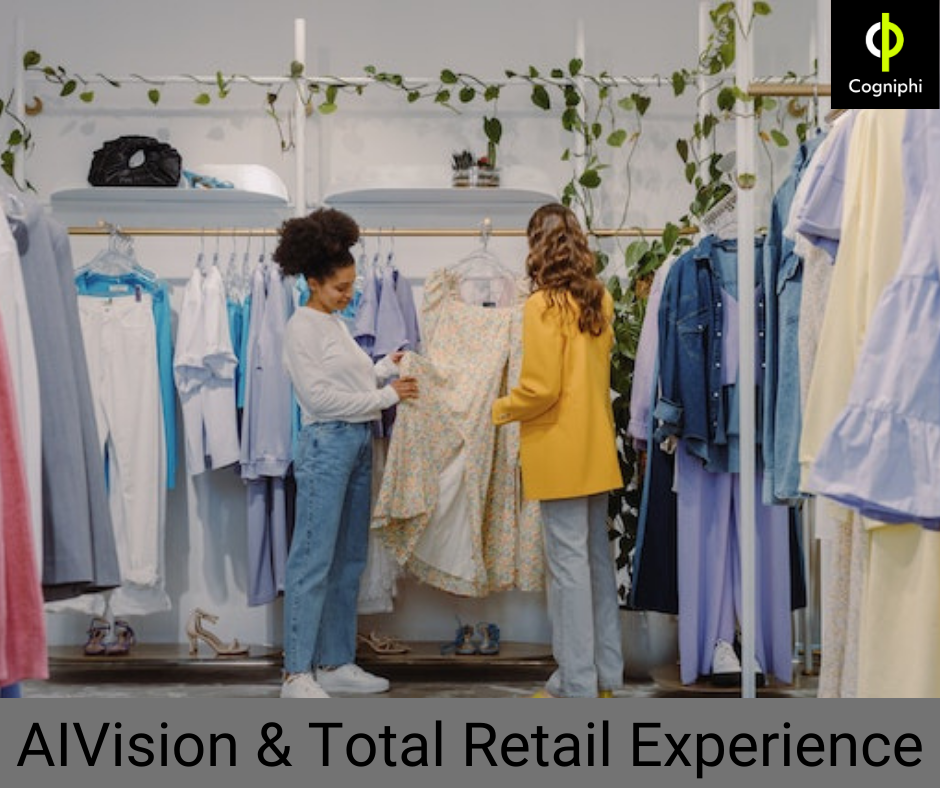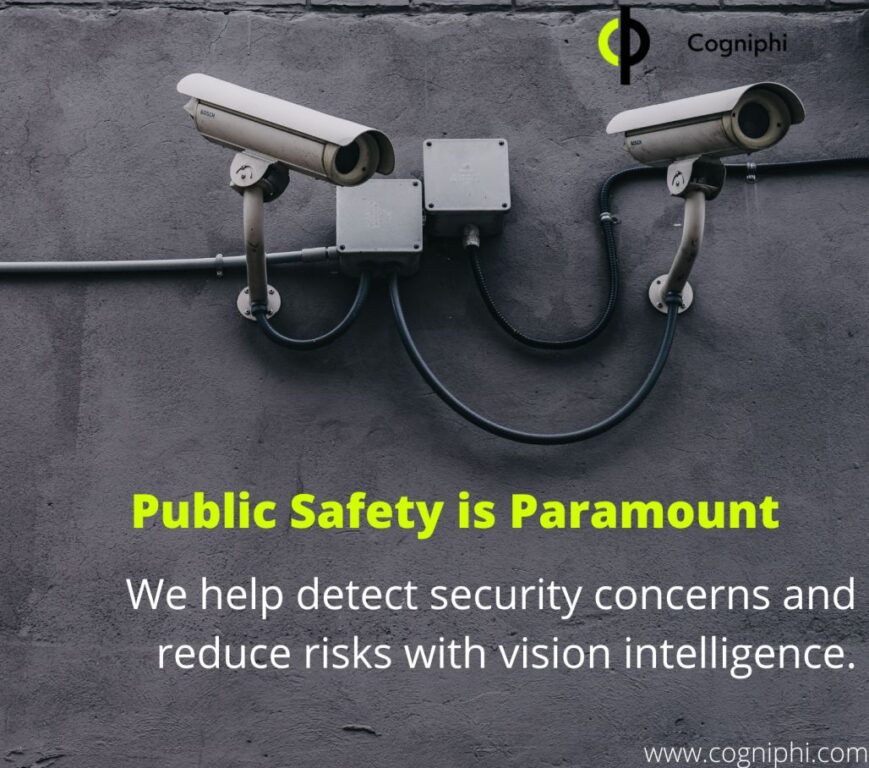
The Retail world knows for sure that a growing number of consumers do their shopping both online and in store. There is mounting evidence that these omni-channel buyers tend to be loyal customers and buy regularly from the same source as long as the retail experience they get stand up to their expectations.
The challenge now for retailers is to create an approach that will provide customers with a seamless, personal and unified buying experience irrespective of the channel they use. This will include sales, marketing, after-sales support and the entire customer journey.
In short, the Retail Experience that shoppers get is what retailers have to now focus on to get their act right. How does one deliver the desired experience to the Customer? How does a Computer Vision platform, such as AI Vision, help in meeting this challenge?
Knowing your Customer and Building Loyalty
You have a head start if you know your customers intimately, which channels they use, what are their preferred products and brands, which promos have influenced them the most and so on.
An artificial intelligence-backed smart store solution is what will get you insights on specific customer preferences. In-store camera systems aligned with AI Vision software and Cloud analytics will provide a comprehensive analysis and feedback on shopper behavior and buying habits.
Apart from operational benefits like optimal product placement and targeted advertising efforts, this AI platform will enable you to not only create a marketing strategy involving a 2-way integration between online and in-store purchases but also personalized strategies for loyalty programs that meet specific preferences.
Loyalty programs are today used strategically in the retail world to deliver experiences that are strongly personalized and connecting with the customer engagingly. It is loyalty initiatives that help the retailer to understand more about the customer and actually drive personal and continuing engagement. Today’s customer also craves for exclusive offers and rewards, even if it features just a free delivery of a small order.
Out of Stock situations
One of the most annoying problems faced by a shopper is to discover that a product he wants is not available. Very likely that that he checked out the product details online and visited the store to take a closer look. But maybe due to unexpectedly high footfalls that day the stocking levels fell short, and resulted in leaving the customer very frustrated.
What AI Vision does is monitor the inventory at the aisles in real time and alert management of shortfalls from threshold levels. This is just a small part of the total business solution that the platform provides. The vision-based monitoring also helps draw up models for stores of a large chain, for example, at different locations to predict peak load hours and store-specific demographics, which will ensure proper staffing. In a restaurant the monitoring can extend to hygiene and sanitary procedures and alerting in real time any issues that can cause customer dis-satisfaction.
Value for money
The best part of AI Vision as a tool for harnessing the capabilities of the technology is that it is easy to deploy, avoids huge capital investments and is cost-effective. It can utilize existing camera networks and become, in quick time, a practical solution for resolving several challenges that a retail business faces in the real world. No need to have an IT department or software personnel at each location.
Cogniphi’s AI Vision is one such ready-to-deploy platform that has a tested record of having enhanced the Customer Experience for many retailers globally. Click here to become part of the smart retail world.













